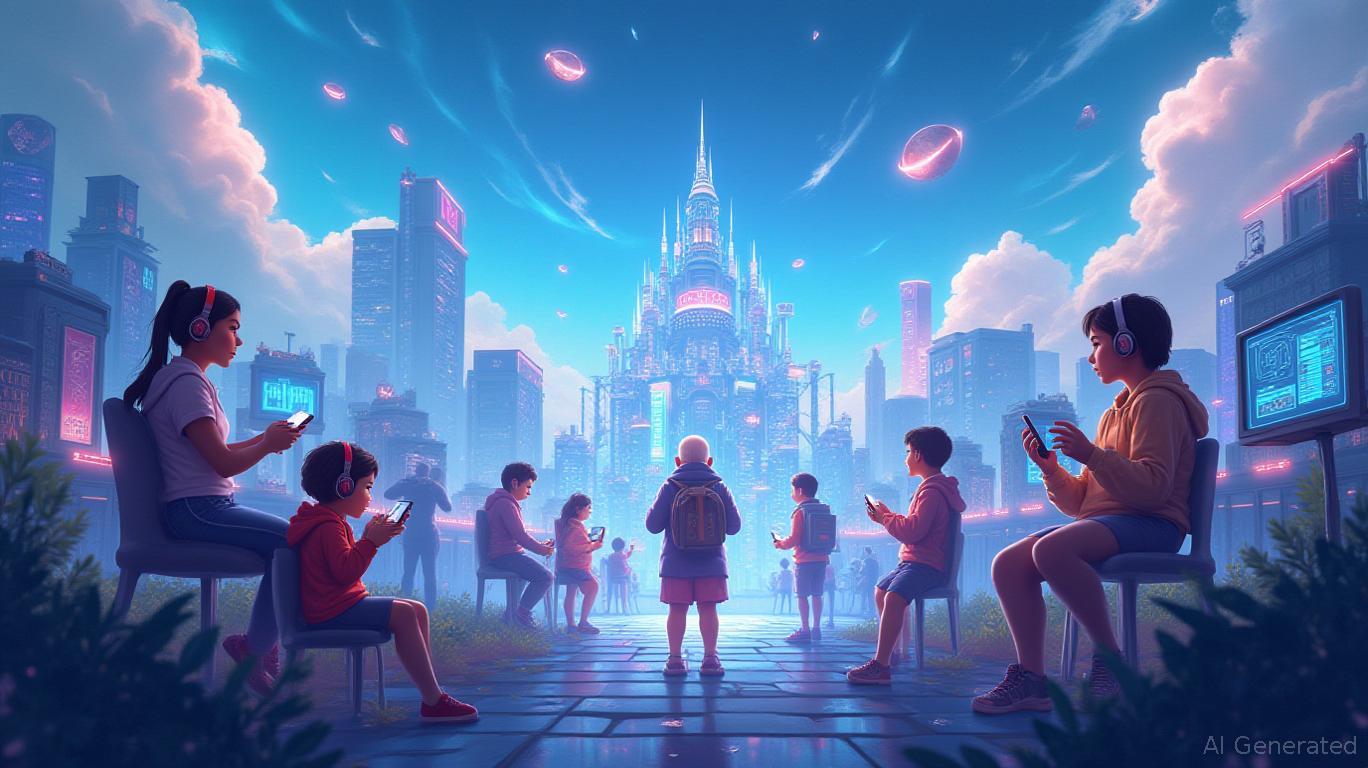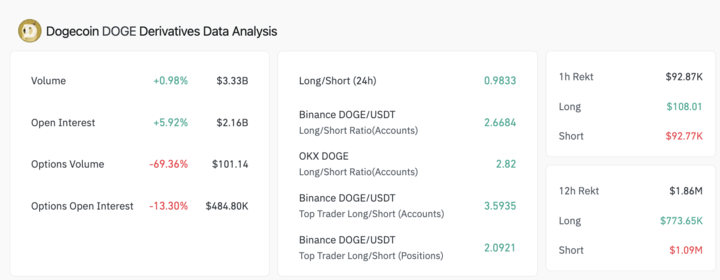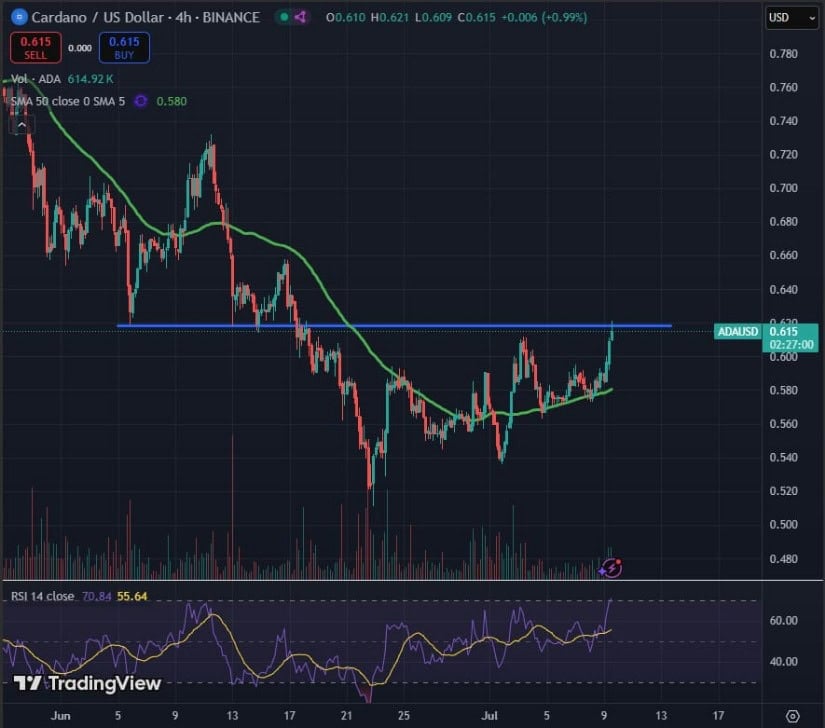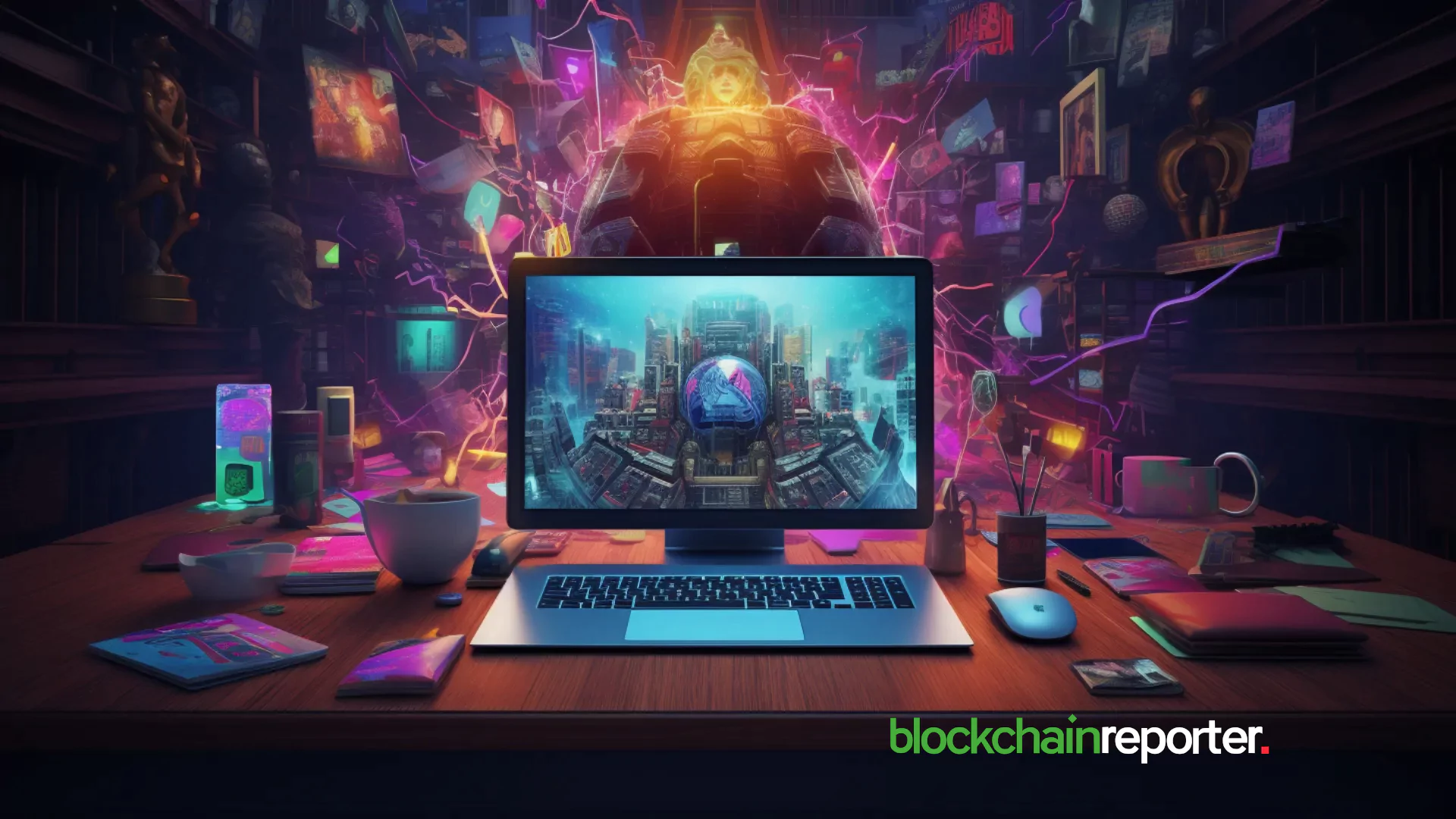Web3 Gaming Hits 7.4 Million Daily Active Wallets, Faces Retention Challenges
Web3 gaming is experiencing rapid growth, with the space hitting 7.4 million daily active wallets and adding over 1,600 new games in the last year. However, retention and community engagement remain challenging, as many games lack effective loyalty systems. Traditional loyalty programs, which often rely on leaderboards, daily bonuses, or points systems, are increasingly out of step with how players engage with games. Players seek loyalty systems that recognize their time and effort, offering progression and value rather than static rewards.
Research from various sources highlights the importance of participatory loyalty programs in driving sustained engagement. For instance, 79% of mobile spenders actively engage with loyalty programs, and 51% say they would spend more in-game if loyalty rewards offered more value. Additionally, 69% of U.S. gamers aged 18–24 consider cross-platform play important, indicating a need for loyalty systems that extend beyond individual games or platforms. The industry is also facing challenges, with over 12,000 gaming jobs lost in 2024 due to rising costs and diminishing returns on user acquisition. As a result, many teams are prioritizing sustainable retention over growth at all costs, with loyalty programs, battle passes, and live service models emerging as key tools to monetize and strengthen existing player communities.
A new generation of games and platforms is turning to on-chain loyalty programs to meet modern player expectations. These systems offer composable rewards, wallet-native ownership, and enhanced community engagement. For example, Decentraland’s new Marketplace Credits system rewards players for exploring, attending events, and checking out new locations, which can be traded for avatar upgrades. Mastercard’s Gamer Exchange allows players to convert loyalty points from banks, retailers, and airlines into in-game currency across top titles, demonstrating the growing importance of loyalty in gaming. Infrastructure is also evolving, with platforms like Mojito Loyalty enabling brands and projects to integrate on-chain loyalty features directly into gaming and digital experiences. Games like Forgotten Runiverse are using play-to-earn mechanics and evolving loyalty programs to build more persistent player economies, treating loyalty as a core part of the player experience rather than a marketing add-on.
On-chain loyalty makes it possible to reward the entire player experience, encompassing everything players contribute, such as attending events, creating content, and building community. As gaming moves toward open economies and cross-platform identities, loyalty is becoming a new, essential layer of the gaming stack. It transforms scattered actions into tangible progress that players can see and feel, driving engagement and retention. According to John Wright, VP of Mobile Publishing at Kwalee, companies must construct a new kind of loyalty system that will bring players back for a year, rather than focusing on short-term retention curves. This shift is essential for building sustainable gaming communities in the Web3 era.
Source link
Written by : Editorial team of BIPNs
Main team of content of bipns.com. Any type of content should be approved by us.
Share this article:










